Are you spending too much time training your employees? Here is a quick solution. Engage your employees by giving mobile learning platforms that help them learn on the go. Mobile learning platforms, also known as m-learning channels, are a new way to access training and learning content. This article outlines how mobile learning platforms can help you bring in your customized learning content to your intended learners/employees.

Table of Contents
Mobile Is Mobile Learning?
M-learning is learning via the internet through a portable mobile learning management system and devices like smartphones, tablets, and laptops that let learners learn on the go. Many organizations traditionally used classroom sessions or e-learning for training, but now they are slowly moving into m-learning.
Through mobile learning platforms, training can be made more engaging, exciting, and intuitive for employees. It merges work and life—a virtual space with services and information on demand. For employees, this means access to technology and training they need, when needed, on whichever device they prefer.
A Forbes Insights report states, “Mobility solutions will increasingly serve as a cognitive extension, empowering employees and organizations to acquire new skills quickly, work better together, and make better decisions.”
Mobile Learning Platforms in the Global Village
M-learning is gaining popularity globally. Thanks to innovative technology, training has never been more accessible for learners worldwide. Hence, the mobile learning trend is a popular new trend today.
There are about 3.3 billion smartphone users, meaning that almost every third person worldwide owns a smartphone. Furthermore, this number is predicted to grow further in the next few years. (Source: Statista)
89% of smartphone users download apps, 50% of which are used for education. 64% of learners find accessing workplace learning from a mobile device beneficial. (Source: emeraldworks) 52% of people using m-learning use it in bed after waking up and 46% in bed before they go to sleep (Source: Learnevents).
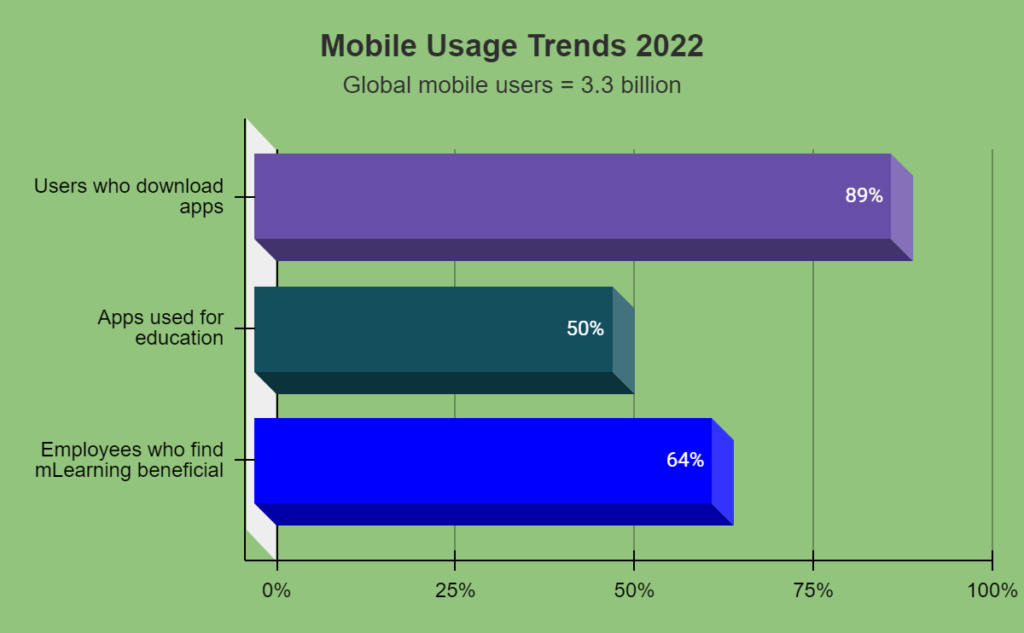
Companies are gradually moving to innovative, creative, high-quality, mobile-first learning management systems with m-learning models for the current workforce. Research suggests that the global microlearning market size is expected to grow from $1.5Bn in 2019 to $2.7Bn by 2024 at a Compound Annual Growth Rate (CAGR) of 13.2% during the forecast period.
There is a significant unceasing demand for training deskless. With the growing need for skill-based and result-oriented training among organizations, there is a considerable thrust embarked on micro-learning and mobile learning. Hence, learning must be faster, quicker, and bite-sized to deliver maximum impact.
Athabasca University, Canada, conducted ”The English project” project designed to explore the effectiveness of mobile devices in developing English language skills by employing innovative approaches to mobile-assisted workplace language training. The project followed the ‘Bring Your Own Device or BYOD approach and resulted in quite encouraging conclusions for the use of m-learning.
The United Kingdom implemented nationally funded projects for mobile learning. The Mobile Learning NETwork (MoLeNET), which followed the ‘Shared cost provided devices’ or SCDP approach, was the largest and most diverse mobile learning initiative in Europe.
McQuire, in his report (2012), summarizes some of the most important privately funded MOBILE projects. Brent Council is a local authority representing an area of London in the U.K. The council has approximately 3,000 employees, about 1,000 laptops, 800 BlackBerrys, and a small number of tablets. The council deployed a BYOD program to provide mobile applications to the employees who requested to go paperless and use mobile devices in their work environment.
Similarly, Leeds City Council, the second-largest local authority in the U.K., employing around 33,000 individuals, provided several mobile applications to its employees, following the BYOD approach, which Honda has also adopted in France, decided to deploy iPads and focus its strategy on mobile apps. (Source: Academia)
In short, a new era of training and learning has begun. It brings to us one of the most revolutionary learning methods. So, no matter where we are, mobile training management systems and learning trends are the future.
What Are the Latest Trends in Mobile Learning?

As connectedness via mobile learning management system software continues to spread worldwide, the value of employing mobile technologies in learning and training seems unavoidable. Some of the m-learning technologies are handheld computers, mobile phones, tablets, and MP3 players. M-learning is distinct in its focus on learning across contexts with mobile devices. As technology continues to improve, the options open to m-learning will expand.
Millennials learn differently
Is your organization ready for millennials? It should be. Unlike baby boomers and generation x learners, millennials learn differently. Their attention span is deficient. They prefer interactive, experiential, and collaborative learning. They are being exposed to more gadgets and technology than was ever thought possible, which profoundly affects how they learn. They are more engaged in learning when using the latest technological gadgets because it is what they interact with the most. They don’t just want a mobile learning management system for corporates; they need it.
A bite-sized consumption of learning and learning through rewards and achievement is what drives a millennial learner. They need learning to be delivered in different methods and not just one. Hence, video clips, podcasts, concept charts, maps, clickers, PowerPoint presentations, and other tools can be used to hold their attention.
What Is The Importance of Mobile Learning?
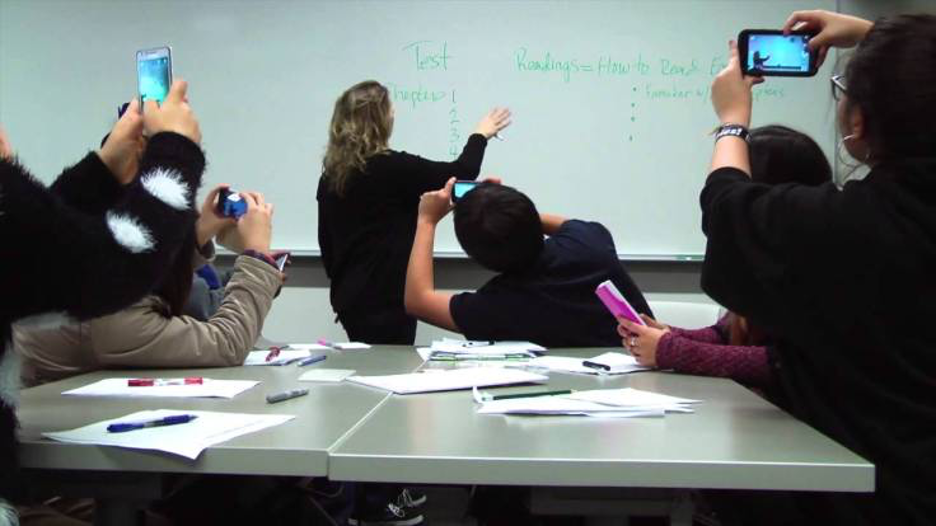
Mobile learning in corporate learning management platforms enables social or collaborative learning. The use of different methodologies like videos, podcasts, short assessments, and perusing research articles can all come together in one medium at the workplace to engage learners to learn concepts and skills effectively.
Learning does not happen inside the cubicle anymore. It happens everywhere. An increasing number of people are now working remotely at home or in their favorite local spots. Even office workers who follow a routine 9-to-5 schedule get most work done outside the office. Work is possible as long as mobile learning platforms like smartphones, laptops, or tablets are available.
Technology is reshaping the corporate online learning environment by providing clear instructions about the product or the service. Most companies now have more exquisitely detailed data about how their products and services are used than they ever had before. If there are newly launched products or services, your employees must have full and up-to-date information about the products. You can quickly provide such information to your employees using mobile learning platforms.
Also, one can access information and learning experiences faster through mobile learning platforms than through any other media. Portable devices support it, and their mobility makes it easy to use. The exchange of information can be more private.
For example, a bank decides to make specific changes in their policies and updates the same on their mobile learning platforms. Their employees can get that information instantaneously and learn more about the same. Therefore, it is more precise.
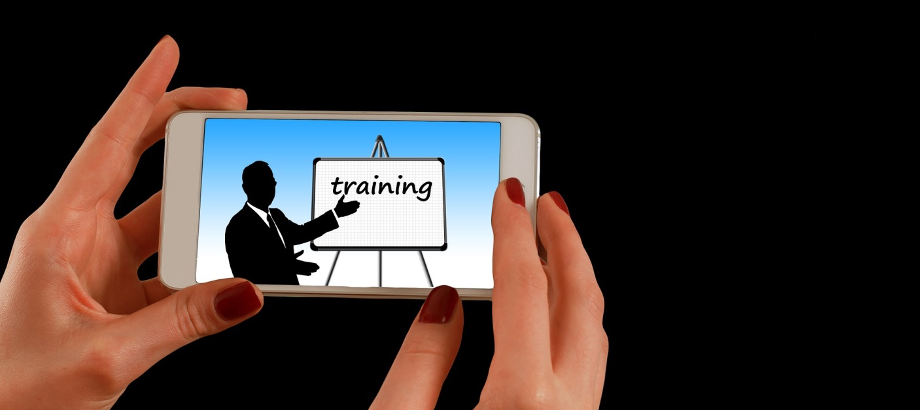
John Smith joined a company. They provided a few classroom training sessions on the making and using of the product. The training went on for days. And then, he was given his first project. He still had a few doubts about the product, for which he had to wait for his team leader to come and clear those doubts. It was not only embarrassing but also time-consuming.
On the other hand, John Barton joined a company that opted for mobile learning platforms for the training process. They did an introduction session to the product over a classroom training session. Then, they followed it up with a few videos and modules on the product’s features over mobile and web learning platforms. The learners were given two days to go through the entire learning, and a class was scheduled either virtually or in a classroom for the new joiners to do a Q&A.
They were given assignments to complete on the product, maybe a problem to solve using it. For this, the learners need to research using the materials available through their mobile and web learning platforms. Upon completion, this assignment can be emailed to the facilitator. Awards and badges can be provided to the learners who do a great job.
Finally, job aids and quick reference guides are given to the learners over mobile learning platforms to enable just-in-time learning whenever they have a doubt. Additionally, all the videos and learning materials were available for the learners to go through at leisure. Every few months, updates on the product can be shared with the learners over mobile learning platforms, along with an assessment to track employee training — if they still remember the information and can use it along with testing the product updates.
Through mobile learning platforms, learners can learn while working. In traditional methods, the facilitators should create a context for the information that’s being taught. At the same time, with mobile devices, learning occurs when the learner searches for information to solve it. Learning through mobile learning platforms also reduces costs because it does not require employees to spend exclusive time on the training process. Hence, m-learning is time-saving and cost-effective.
Employees can easily access performance reports, in-house training, and checklists. They can access these during lunch, while waiting for an appointment, or anywhere else. This particular attribute is what makes mobile learning a potent tool for promoting training and development. The benefit of m-learning is that it allows employees to communicate, collaborate and develop new ideas using digital resources.
What Are the Types of Mobile Learning?
- Induction and orientation programs for new joiners (lateral as well as freshers) for a Manufacturing organization
- Product training for Sales and Field Service Staff for a Manufacturing organization
- Project Onboarding training for an IT Services firm
- Customer service and greetings training for the front-end sales staff in a retail organization
- Franchisee and Distributor training on products for an Apparel manufacturer
- Field staff training for Pharmaceutical companies, Banking, Financial Services, Insurance companies, and any companies where the staff spread out geographically
- Maintaining complete training records and easy-to-use reporting features for the staff in the hospitality industry.
- Compliance training
How Does Mobile Learning Impact Training Effectiveness?
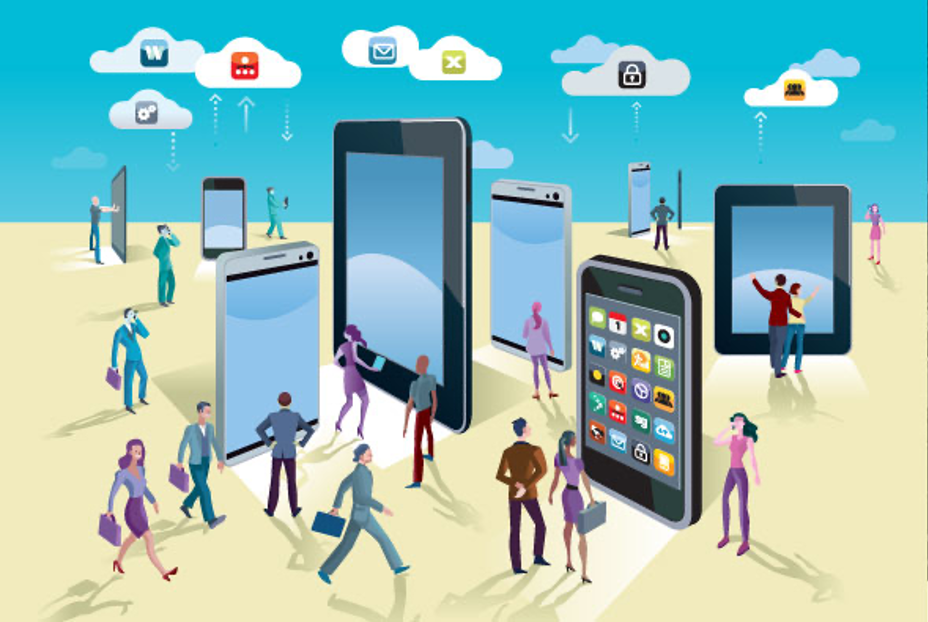
Portability: With mobile devices, your employees will always have their training tools with them, regardless of place or time.
Flexibility: Creates a flexible learning environment. New rules and policies are updated easily through mobile learning platforms.
Anytime, anywhere: M-learning is all about learning through mobile using the internet; it can be accessed from anywhere in the world. Sharing is almost instantaneous, leading to receiving instant feedback and tips. One can use m-learning platforms at their convenient time and place—while traveling or at home.
Time-saving: Saves that extra time spent on classroom training. Learners can learn and get trained on the go at their pace through podcasts, videos, and different multimedia formats available on mobile devices. Despite day or night, it is okay with the m-learning trend. One can learn faster and more effectively. Hence, one can make better use of their time through m-learning.
Accessibility: Keeping training accessible to your employees can engage them and help you drive excellent performance. Distance is not an issue in m-learning; you can access the same content and test results worldwide. Hence, it provides continuous and situated learning support.
Motivation: It is a human tendency to find it hard to concentrate in a classroom setup. No more boring class setups or lectures. M-learning can help in motivating your employees by making the training process more exciting.
Increase productivity and performance: The key to a successful business is to find ways to do more with less. M-learning makes the correct and required information available to employees when needed. As a result, this increases productivity and improves performance.
Collaborative: M-learning increases social engagement. With this kind of training, the employees can click the share button and share information across groups and forums. The employees can invite colleagues to collaborate and learn and even challenge them to compete. This kind of training allows the learners to become contributors to the learning process too, which will, in turn, lead to receiving instant feedback and tips.
Give extra attention to only the required areas: No hassles of going through a ten days training period to cover all the areas. Give training to your employees only on particular products/topics which need more attention.
No Hesitation: We know that a company has a mixed crowd. Who are extroverts and introverts but well-skilled? At times the employees cannot give their best opinions and suggestions in a crowded environment, but the m-learning platform can help them speak their minds and provide the best possible outcome/solution.
Game-based Learning: M-learning brings sturdy portability by replacing books and notes with small RAMs filled with customized learning contents. Besides, this kind of learning is engaging and fun. Game-based education helps learners develop strategic skills to use in different work situations. It is much easier to combine gaming and learning for a more practical and entertaining experience. Fortunately, with m-learning platforms such as PlayAblo, a technology, and app-based learning platform, you can create unique and captivating training content to deliver faster impact to training and learning reinforcement.
Employee Performance Report: M-learning helps in multimedia content delivery and creation options. Further, a training summary and reports are available, making it easier to find better-performing employees.
Cost Efficient: Mobile devices such as phones, netbooks, and tablets have become ubiquitous because they are more affordable than ever before and capable of many more functions. For m-learning, all we need is internet access. As the price of digital content on mobiles and tablets is falling sharply, m-learning is cost-efficient and profitable.
Conclusion
Today’s millennials require a dramatically different level of support for their extended workplace. This workplace relies on higher technologies, power, learning, and ‘always-on’ availability to provide a superior, personalized training experience.
Employees already expect their enterprise systems to be as intuitive and responsive as consumer devices. M-learning platforms can provide insights into how employees engage most effectively, provide the best guidance for each task and individual, and provide a seamless work environment.
Mobile learning is extensively used worldwide in schools, workplaces, cities, museums, and rural areas. Mobile learning allows widened opportunities for timing, location, accessibility, and learning context than traditional classroom approaches. It extends the scope of training and learning beyond the physical confines of a class setup. Your employees can access quality content from home or office, communicate with a large community of learners and trainers, and work online.
Ad: PlayAblo’s Enterprise-Grade Micro-Learning platform is built for millennial learners. Micro-Learning, assessments, and gamification features ensure learning outcome measurement and sustained engagement.
Find out more and request a custom demo!

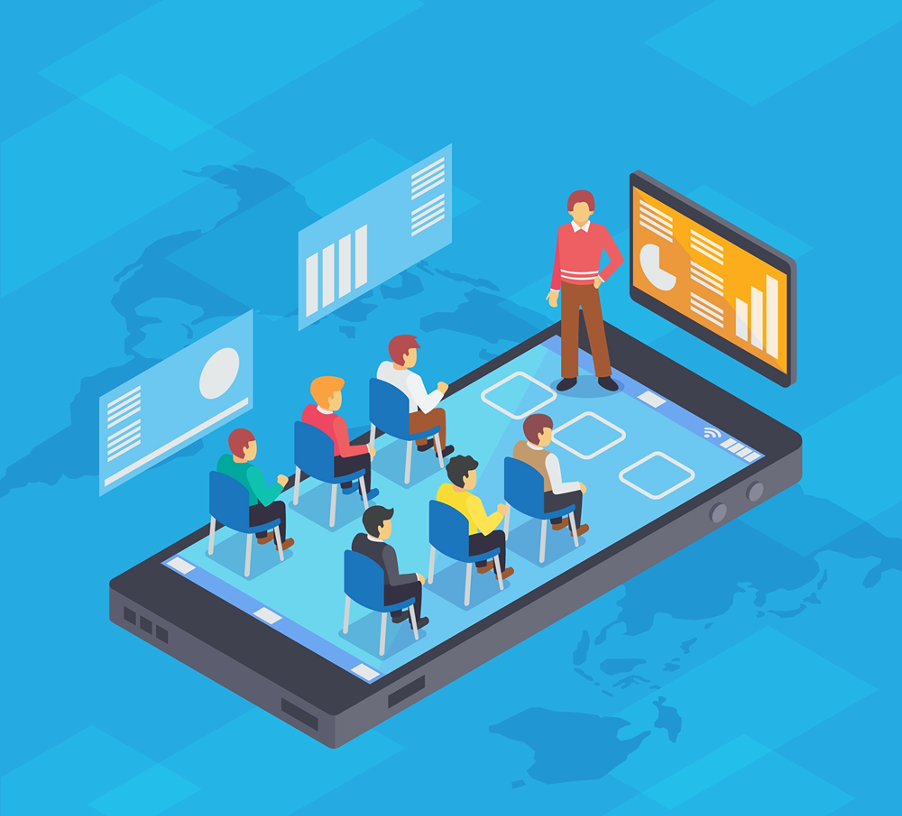





5 Comments
Comments are closed, but trackbacks and pingbacks are open.